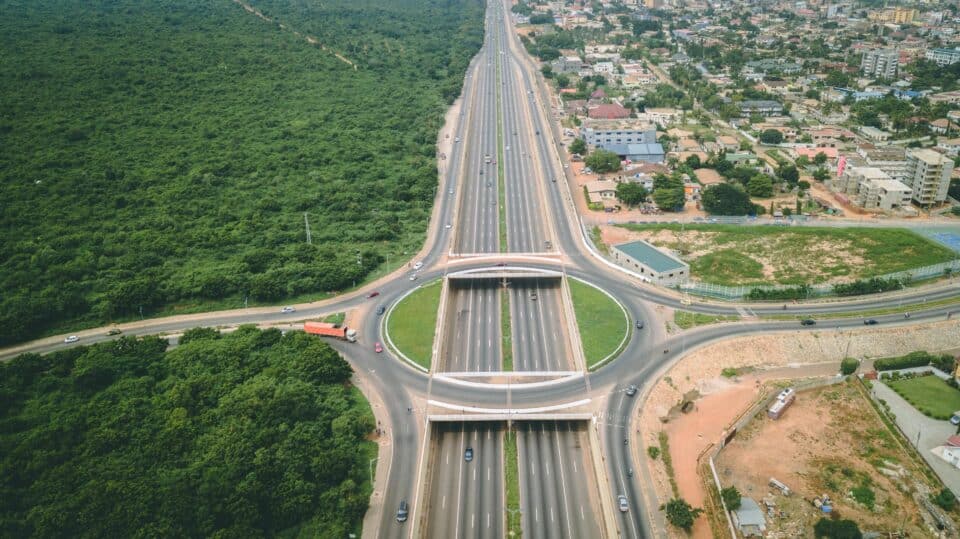Fintech lenders are driving economic empowerment and inclusion in rural and remote communities across emerging markets.
One of the themes over the last decade has been the rise of financial literacy and smartphone penetration even in the most remote areas of these markets. This has been the reality across Asia and Africa.
It’s something we’ve witnessed at Oradian: finance startups of all shapes and sizes are transformative for previously underserved communities because growing smartphone penetration in emerging markets increases access to credit and other vital financial services.
The needs of rural communities
It’s well understood that providing access to financial services to underbanked communities is one of the greatest opportunities – and challenges! – for financial technology providers. There are still around two billion underbanked people worldwide, and according to the World Bank, about half of these are women and poorer households in rural areas.
Rural communities lack access to credit for a variety of reasons, chief among them is poor infrastructure. Without decent roads or public transport, many people in rural and remote areas simply cannot reach physical bank branches to access credit or repay loans.
Many fintechs serving such communities today cut out that step by providing digital platforms to mobile-owning borrowers that allow them to receive loans and make repayments without the need for any physical infrastructure other than a mobile or Wi-Fi network.
To facilitate this, many fintechs also play a role in promoting the kind of financial literacy necessary for effective lending programmes. In African countries, which have comparatively poor financial literacy (in Nigeria, for instance, only 26% of adults are considered financially literate), fintechs are often an important part of government efforts to improve access to and knowledge of financial services.
Access to credit
The growth of fintech lenders has had clear results, with access to credit in African countries increasingly considerably over the last few years. Today, loans go to individuals and SMEs at a relatively high rate – however, much of this lending activity is informal.
According to the African Development Bank, more than 35% of African consumers access credit not from institutions, but from friends and family. Indeed, just 3% of adults received a loan from a formal financial institution in central and west Africa. This unregulated, informal lending system can be convenient but can also raise risks for individuals. Importantly, it sidesteps the need to provide credit history to a lender and leaves no trail of data evidencing a borrower’s creditworthiness.
This is important because borrowers in rural communities who use informal lending channels often have no credit history to report, making it difficult for less sophisticated lenders to assess their risk and provide credit services.
However, an increasing number of lenders have emerged that offer credit to consumers with slim credit files or even no credit history at all. Many of these firms have unlocked alternative data sources, AI and analytics to target loan products more accurately to individuals and enterprises where detailed traditional credit reporting is unavailable.
Access for women
In many developing countries, fintech lenders are also at the heart of women’s financial empowerment. The financial access gap between men and women is well documented; for instance, in sub-Saharan Africa, only 37% of women have a bank account, compared with 48% of men.
This gap extends to loans. A 2020 report by the African Development Bank revealed that women frequently ‘self-select’ out of the credit market, simply due to a low ‘perceived’ creditworthiness,and often as a result of ingrained cultural hurdles. Lenders that specifically target women play an important role in changing attitudes and increasing financial education among women.
In many markets, the way has been led by microfinance institutions. For example, an astonishing 97% of loan customers of Bangladesh’s pioneering Grameen Bank, which offers development loans and banking to the rural poor, are women.
Oradian’s partnership with LifeBank Foundation (see our recent interview with its president) has also created loan products aimed at improving financial inclusion for women. LifeBank have successfully utilised Oradian’s cloud-native core banking technology to facilitate large scale change within this demographic.
But fintechs are now taking an increasing share of the market as smartphone penetration expands among women in emerging economies. In low and middle-income countries, women are (as of 2020) only 15% less likely to own a smartphone than men, down from 20% in 2017. This improvement is particularly notable in South Asia, but modest progress has also been made in Africa and South East Asia.
With increasing access to the internet through their smartphones, women in rural communities can more easily access financial services. Fintechs are ready to respond. By using advanced data analytics and loan management systems, fintech lenders can play a key role in female financial empowerment, both by targeting tailored loan products and by allowing women to borrow even with a limited credit history.
This access to credit empowers women to start small enterprises – a right they may previously have been denied. These businesses can be transformative for rural area, lifting women out of poverty and growing the community as a whole.
A matter of empowerment
Fintech lenders are empowering rural and remote communities across the world. With little more than a smartphone, individuals and enterprises can bypass the challenges of poor infrastructure, challenging landscapes, and a lack of investment, and take their destinies into their own hands.
Lenders motivated by profit and social responsibility alike are playing their part, utilising technology and data to create loan products designed for these rural communities. With access to credit, rural entrepreneurs can finally take the steps to improve their communities they may previously have been unable to.




